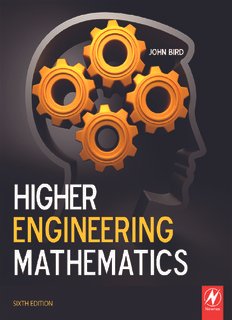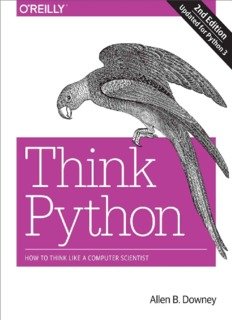Description
«Higher Engineering Mathematics» nomli kitob muhandislik sohasidagi yuqori matematika mavzularini o’z ichiga oladi. Ushbu kitob matematikaning turli sohalarida muhandislikning zarur bo’lgan nazariy va amaliy qismlarini ta’lim etadi. Yuqori matematikaga oid muhim mavzular, shular jumlasidan, umumiy va ixtisoslashtirilgan integral, differensial, chegaralar, vektorlar, matritsalar, kompleks sonlar, va boshqa muhim muhandislik amallarini qamrab oladi.








Reviews
There are no reviews yet.